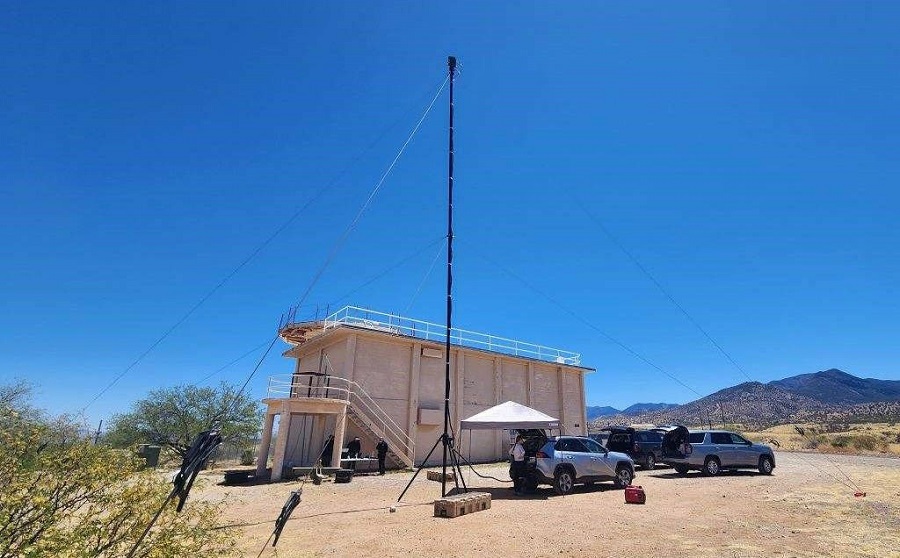The PhantomLink system is designed for reliable laser-based communications in tactical military environments, providing a secure, high-bandwidth solution for mobile command posts. It integrates a modern optical terminal with a waveform-adaptable optical modem, delivering high link availability and operational flexibility.
“PhantomLink represents a break with traditional radio communications on the tactical battlefield,” said Rachel Oberc, vice president for Network and Communication Systems at General Dynamics Mission Systems. “Its tactical and resilient operation in advanced threat environments, high bandwidth, immunity to RF interference and security will be a game-changer in the tiered approach to battlefield communications.”
Developed from over 20 years of research in partnership with organisations including the Air Force Research Lab, Naval Research Lab, and DARPA, PhantomLink builds on extensive photonics expertise. The system is designed to perform in dynamic battlefield conditions, incorporating advanced error correction and sophisticated pointing, acquisition, and tracking technologies.
Free space laser communication systems like PhantomLink use narrow, highly directional beams that are naturally resistant to detection and interception. Because they operate outside regulated frequency spectrums, these systems can be deployed quickly without the constraints of spectrum licensing.




























